This post is also available in: Español (Spanish)
This January, communities across the country came together to commemorate the 8th annual National Day of Racial Healing. In addition to the more than 275 community-organized healing events, the W.K. Kellogg Foundation sponsored a televised special program with Noticias Telemundo in Los Angeles, bringing together a diverse audience and perspectives from across the Latino diaspora. Noticias Telemundo’s producers Johana Suarez and Lori Montenegro spoke with educators, historians, attorneys, racial healing practitioners, community activists, law enforcement and more about the impacts of racial healing efforts happening across the U.S.
“Racial healing is a complex topic for Latinos. But it can simply be summed up as: Learning how to identify how we’ve been impacted by racism and recognizing that those experiences affect how we see ourselves and how we see other communities of color.”
Héctor Sánchez-Flores, executive director, National Compadres Network
1. We need to reckon with the false belief in a hierarchy of human value. In conscious and unconscious ways, most Americans have been subjected to believe that some races are superior to others. These beliefs are often internalized within Latino communities, separating them from other communities of color who are often experiencing similar racial trauma and unjust systems. Jerry Tello, of the National Compadres Network, grew up in Compton, California, in a community of mostly Mexican and African American families. They played together, worked together and went to school with one another, sharing a lot of love. However, they encountered police and other systems that treated them poorly because they were people of color. These forces created separation even amongst loved ones. Said Tello, “My mother would tell me, ‘Be careful. Don’t play with them, because if the police show up, you will be there with them.’”
2. Many Latino and immigrant communities experience internalized racism that creates generational trauma. Dr. Xochitl Flores-Marcial, historian and professor at California State University – Northridge, shared how her immigrant community would grapple with cultural preservation in the face of assimilation in order to reduce racial trauma. She recounted: “I have friends I grew up with who have Oaxacan ancestry, whose parents, like mine, were migrants. For instance, when it came to naming our children and I said I wanted to give my daughter a Zapotecan name, they’d say, ‘No! Why? No one’s going to know how to pronounce it. Why are you going to do that to your children?’”
3. Pride in heritage and culture can help heal internalized racial trauma within families. “Many families, they avoid honoring their culture in order to assimilate to what’s around them here to survive. In order to dismantle that, we need to start learning more about our culture. That way, we can be proud of our heritage, the rich heritage we have, and we become more powerful with our true identity,” said Melissa Shepherd-Williams of the International Society of Black Latinos, when sharing advice for mothers, fathers, grandparents, and care givers who are trying to dismantle these internalized beliefs.
4. How do the effects of internalized racism manifest themselves? Shepard-Williams further explained that internalized racism manifests itself within Latino and other communities of color in many ways, including when individuals treat themselves and members of their own community the same way that oppressive people and systems have. “We learned the values of the oppressor, we’ve absorbed their false messages, and we share them from one generation to another and we treat each other very poorly and we treat ourselves poorly,” she said. Shepard-Williams believes that cross-cultural understanding and embracing anti-racist behaviors can be the remedy to breaking these cycles.
5. How do we help our families heal from internalized racism? Dr. Flores-Marcial spoke on how these patterns can be addressed within families. “We need to recognize what happens in our homes and teach our relatives what isn’t right,” she said. “We need to use the correct words to refer to those of different communities, and we need to teach the younger generation that diversity empowers us, and that it’s very valuable and that we can be fair inside and outside our homes.”
6. How does racial healing work? Hector Sánchez-Flores of the National Compadres Network provided a framework for racial healing that’s rooted in culture and grounded in four steps:
- Knowledge: Who are we? It requires us to ask ourselves who are we in this present moment and what role do we play.
- Understanding: Recognize that racism exists. This allows us to understand how we’re affected by racism and the racial hierarchy that is instilled within us individually, in our families and communities.
- Integration: What can we do to make change? Understanding how we can work together to make change.
- Moving Forward: Fight for a more equitable future. Change is based on the support of the next generation.
7. Racial healing between Black and Brown communities and police starts with transparent conversations and accountability. In 2019, Elijah McClain died after being confronted by police in Aurora, Colorado. He did not commit a crime and he was unarmed. Elijah, who was a 23-year-old Black man, was walking home when he was forcibly restrained by police; he received an injection from paramedics which caused him to go into cardiac arrest, and he died a few days later. “He was a member of my community. What do we need to do so we won’t be judged for a crime we didn’t commit? The crime is that we are here,” said Lourdes Lozano of Resident Leadership Council Aurora. For communities that have experienced the trauma of police brutality, broken confidence in law enforcement means trust must be earned – earned by real results. Aurora’s response to the tragic death of one of their young residents demonstrates important lessons for others: “The power of the community, the power to come together and name and identify a problem, and our ability to advocate and ask for transparency and results,” said Lidia Doniz, a racial healing practitioner who works with police departments on reform.
8. People of color are bearing the brunt of environmental injustice. In Kettleman City, California, one of the poorest rural communities in the state and largely Latino populated, residents have been fighting for decades for their rights to safe drinking water. Their steadfast commitment to protect their families from harmful toxic waste that has polluted their air and contaminated their drinking water has been awarded in lawsuit settlements. In the 1980s, the Kettleman City residents advocated and won in court against the state that tried to exploit the land by dumping toxic chemicals without regard to the harmful health impacts on families and children. The residents also successfully thwarted a plan to build a chemical burner. Today, the legacy continues as the next generation of activists fights on. “The health of the people and people themselves will always be worth more than industry,” said Miguel Alatorre, a third-generation environmental justice activist in Kettleman City.
9. It takes all of us to dismantle systemic racism and racial healing is a pathway. In the closing segment, panelists shared their thoughts and words of advice:
“Racism divides us. These racist systems have led to generational trauma, so we need to learn how to heal from the suffering and need to discuss what justice looks like for us, what we want for our children. We need to become a community of one,” said Javier Stauting, founder of Healing Dialogue and Action.
“Our history didn’t start with racism. Our history started 3,000 years ago. It’s an oral and written history. It’s inside us. When we remember and recover that history, we’re able to heal ourselves and our families, and the generations that came before us and after us,” explained Lidia Doniz.
“What’s most important is that we fight these systems as a community. And by raising our voices and fighting together, we will be able to see the changes we want to see in our community,” commented Rafaela Uribe, adjunct counselor at Latino Justice.
10. Diversity is our superpower. Carlos Rangel, vice president and chief investment officer at the W.K. Kellogg Foundation, wrapped the special event with these inspirational words: “It’s a huge challenge to acknowledge racism and discrimination and the effects they have on our community and families. Like we heard here today, we need preparation and courage to confront and change this situation.”
"Diversity is our superpower, and we’re more powerful when we show up in our true identity."
Carlos Rangel
Visit dayofracialhealing.org where you can start on the road to be a change agent in your family, in your community and your workplace.

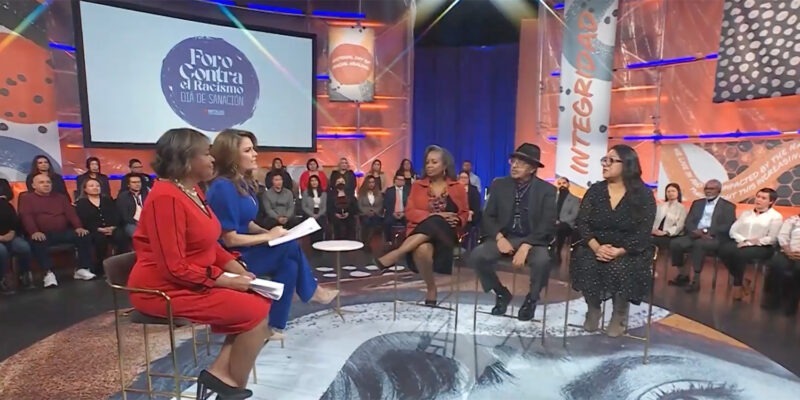
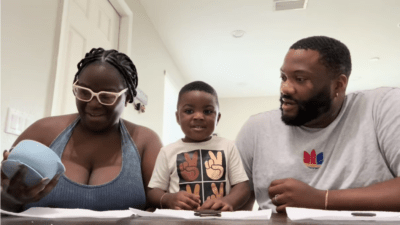
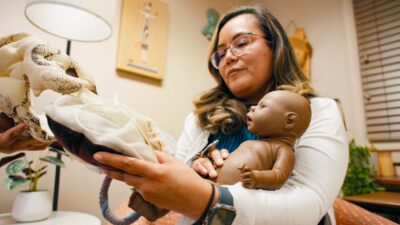
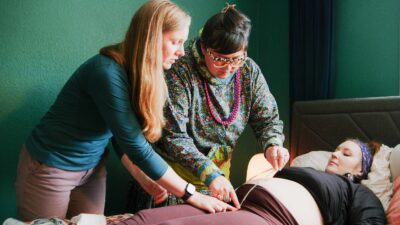
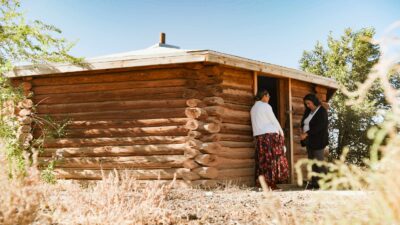


Comments